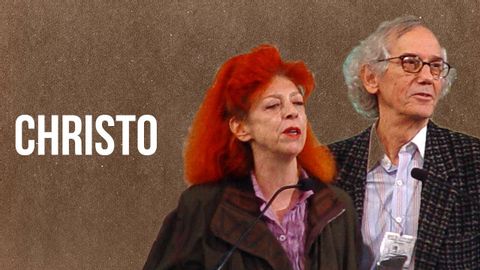
Subtitles & vocabulary
ART/ARCHITECTURE - Christo
00
Summer posted on 2020/10/28Save
Video vocabulary
articulate
US /ɑ:rˈtɪkjuleɪt/
・
UK /ɑ:ˈtɪkjuleɪt/
- Transitive Verb
- To express something clearly using language
- Adjective
- Having or showing the ability to speak fluently and coherently.
B2TOEIC
More inevitable
US /ɪnˈɛvɪtəbəl/
・
UK /ɪnˈevɪtəbl/
- Adjective
- That must happen; certain to happen
- Sure to occur or happen
- Noun (Countable/Uncountable)
- A situation that is unavoidable
- Things that cannot be avoided
A2
More entrepreneur
US /ˌɑntrəprəˈnɚ, -ˈnʊr/
・
UK /ˌɒntrəprə'nɜ:(r)/
- Noun (Countable/Uncountable)
- Businessperson who develops new businesses
- A person who identifies a need and starts a business to fill it.
B2
More Use Energy
Unlock All Vocabulary
Unlock pronunciation, explanations, and filters
